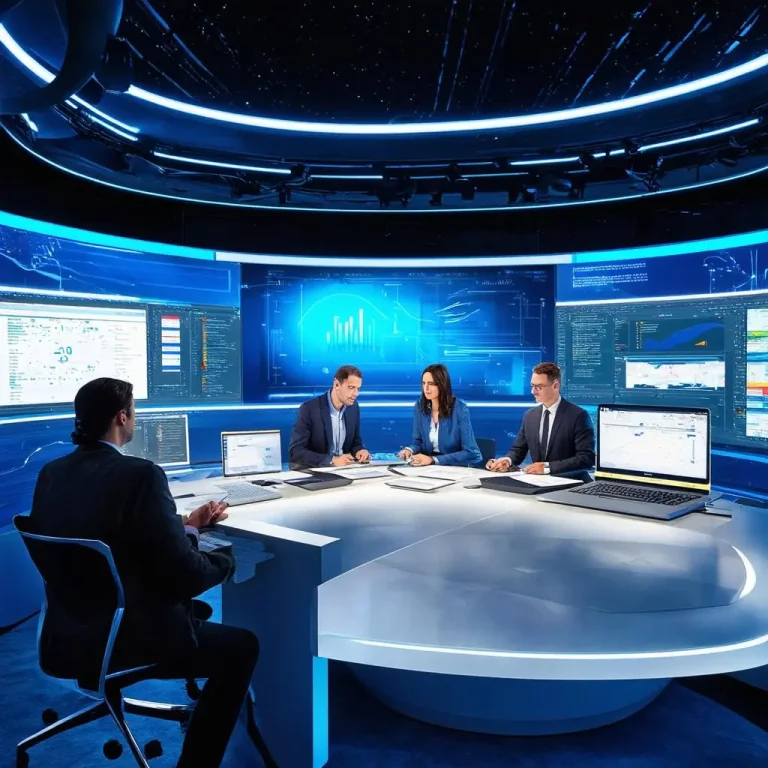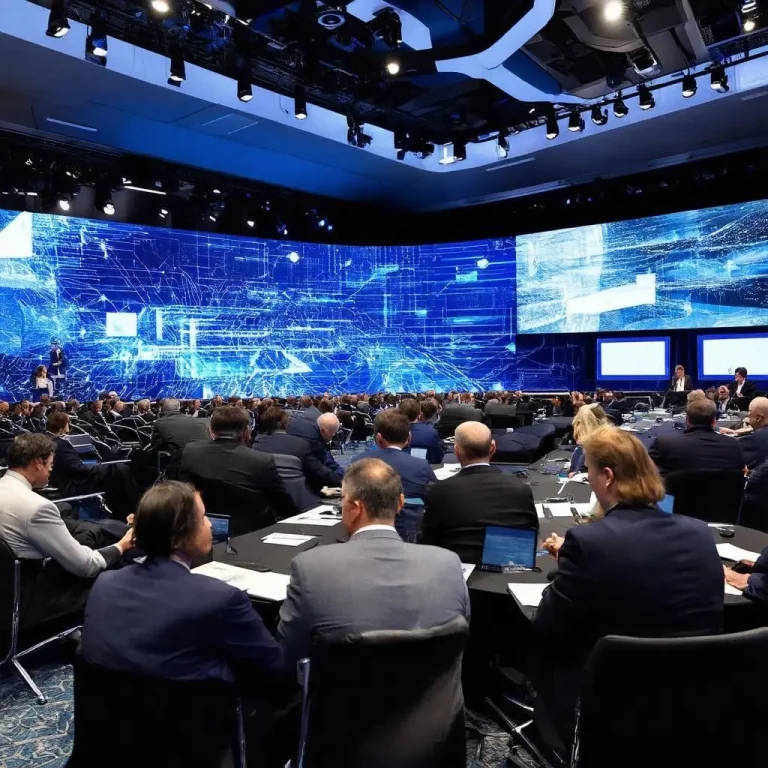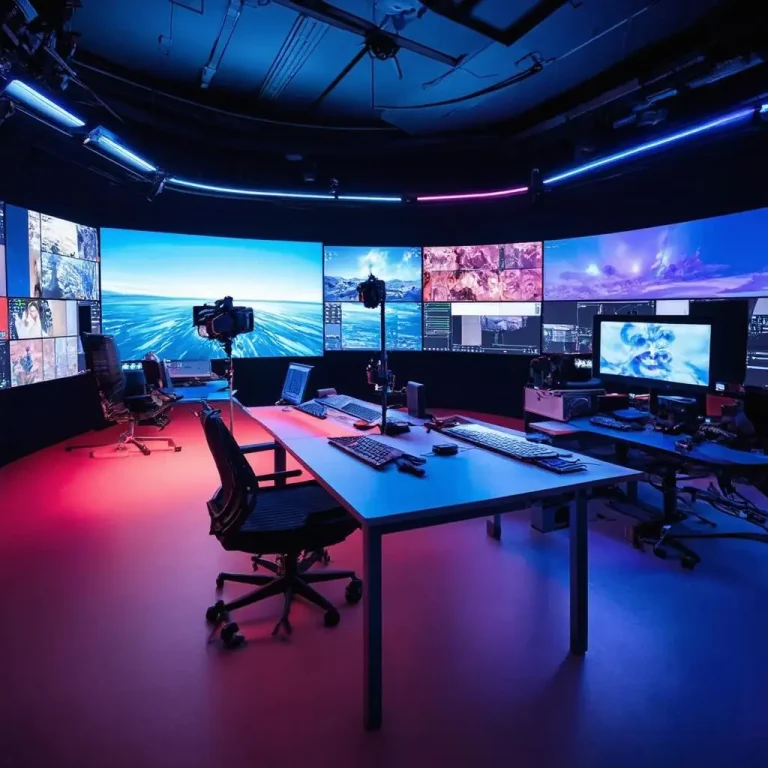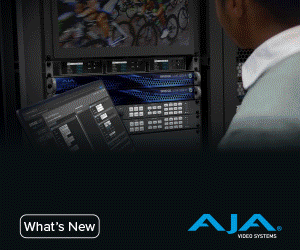The post-production sector is undergoing a significant transformation, driven by the rapid advancements in artificial intelligence (AI) and machine learning (ML). These technologies are not just buzzwords; they are essential tools reshaping how content is crafted, refined, and delivered. For professionals seeking to remain competitive in this evolving landscape, understanding and integrating these technologies into their workflows is imperative. This article explores the profound impact of AI and ML on the post-production process, particularly in streamlining workflows, enhancing video editing, and improving content personalization.
Streamlining Workflows with AI
One of the most compelling benefits of integrating AI into post-production is the ability to streamline workflows. AI-powered tools can automate time-consuming tasks, allowing editors to focus on more creative aspects of production. For instance, AI can assist in organizing and cataloging footage, identifying key scenes, and even suggesting optimal cuts. This automation not only speeds up the editorial process but also reduces the likelihood of human error, ensuring a more efficient workflow.
AI’s capability to enhance metadata tagging and scene recognition is particularly valuable. By automatically generating descriptive tags for video content, editors can quickly search and retrieve specific footage, saving valuable time in the editing suite. These technologies also facilitate better collaboration among team members, as AI-driven platforms can provide real-time updates and insights into ongoing projects.
Enhancing Video Editing
AI and ML are revolutionizing video editing by introducing tools that offer unprecedented precision and creativity. Advanced algorithms can analyze scenes and adjust parameters such as color correction, audio levels, and visual effects to create a more polished final product. Moreover, AI can assist in complex tasks like rotoscoping and compositing, which traditionally require a significant amount of manual labor and expertise.
Machine learning models can learn from the editor’s style and preferences, providing personalized recommendations that align with the desired aesthetic. These technologies can also generate new creative possibilities, such as crafting unique transitions, visual effects, and animated graphics that were previously difficult or time-intensive to achieve manually. By augmenting the editor’s capabilities, AI and ML transform video editing into a more efficient and creatively fulfilling process.
Improving Content Personalization
In today’s media landscape, personalized content is key to engaging audiences and maintaining viewer loyalty. AI and ML enable post-production professionals to tailor content to specific audience segments, enhancing viewer experience and engagement. By analyzing viewer data, these technologies can identify patterns and preferences, allowing creators to adjust content in ways that resonate with their target audience.
AI-driven analytics provide insights into which types of content perform best with different demographics, facilitating the creation of content strategies that cater to diverse audience needs. Additionally, machine learning can dynamically alter content elements—such as language, pacing, and even graphics—based on viewer behavior, ensuring each piece has the greatest impact. This level of customization not only improves viewer satisfaction but also boosts the marketability of the content.
Conclusion
The integration of AI and machine learning in post-production is not merely an optional upgrade; it is essential for staying relevant in a rapidly evolving industry. These technologies offer transformative potential for improving workflows, enhancing video editing capabilities, and advancing content personalization. As AI and ML continue to evolve, their applications within post-production will undoubtedly expand, offering even more innovative solutions for efficiency and creativity. Post-production professionals who embrace these advancements are well-positioned to lead the industry into the future, creating content that is not only technically superior but also deeply engaging for viewers.
- Revolutionizing Post-Production: The Role of AI and Machine Learning - October 20, 2024
- From Concept to Screen: The Crucial Role of Industry Events in Shaping Broadcast Futures - October 19, 2024
- Embracing Innovation: The Future of Broadcasting - October 18, 2024














